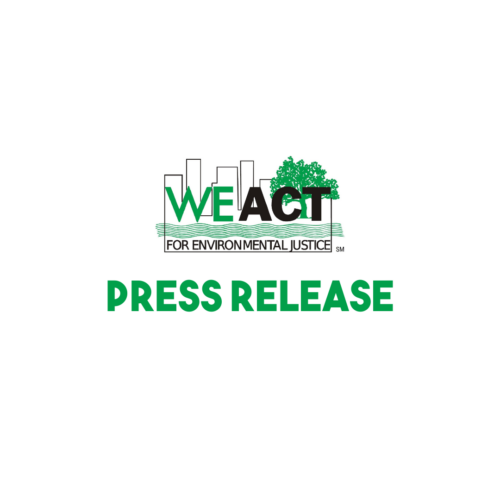FOR IMMEDIATE RELEASE
October 28, 2022
Contact: Chris Dobens, chris@weact.org, 718-679-8542
NEW YORK – Yesterday the New York City Council voted to pass Introduction 0291-2022. This bill requires the New York City Department of Transportation (DOT) and the Department of Parks and Recreation (DPR), in conjunction with other relevant City agencies and entities, to develop a plan that details the development of greenways in the City, involving the identification of locations feasible for development into a greenway, the identification of opportunities for integrating green infrastructure, and the creation of a map that displays the status of greenways. The citywide greenway plan required shall be completed by December 1, 2024, and shall be updated by December 1 of 2026, and by December 1 of every fifth year thereafter.
Greenways are public outdoor spaces, typically populated by trees and other greenery, that provide a setting for people to relax, connect, and recreate while also serving to reduce air pollution and flooding. Low-income communities of communities of color tend to have the fewest and least access to greenways. Lonnie Portis, WE ACT for Environmental Justice’s Environmental Policy and Advocacy Coordinator, issued the following statement:
“WE ACT is excited to see Councilmember Carlina Rivera’s bill to complete the greenway pass the City Council. The Greenway Plan For NYC – published 30 years ago by the Dinkins administration – envisioned a comprehensive five-borough greenway network, but was not followed up with an implementation plan. The greenway network is still fragmented and short of the comprehensive vision.
It has been clear that recent greenway expansion has been opportunistic, leveraging the design and funding resources of other infrastructure projects, with too few projects developing greenways as its own critical urban infrastructure. And low-income neighborhoods and communities of color have seen the least of this small amount of development. This is illustrated by the inequitable development of the waterfront in Northern Manhattan. The current state of the Manhattan greenway has gaps in East Harlem, Washington Heights, and Inwood that are unbuilt, unfunded, or in disrepair. Having a coordinated plan will allow the City to correct this inequity and give these communities increased access to open space, green infrastructure, and a safe, healthy alternative to car or taxi use.
Greenways and green infrastructure have many benefits. When properly designed they can absorb stormwater and reduce localized flooding, increase tree-cover to address the urban heat island effect, and provide habitat for wildlife. We are glad that communities across New York City will see the greenway completed after decades of waiting.”
# # #
WE ACT for Environmental Justice is a Northern Manhattan membership-based organization whose mission is to build healthy communities by ensuring that people of color and/or low-income residents participate meaningfully in the creation of sound and fair environmental health and protection policies and practices. WE ACT has offices in New York and Washington, D.C. Visit us at weact.org and follow us on Facebook, Twitter, and Instagram.
